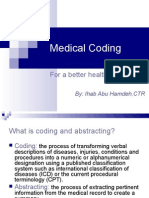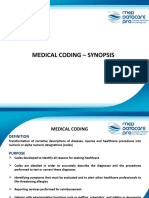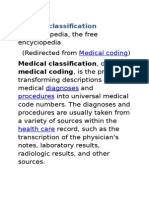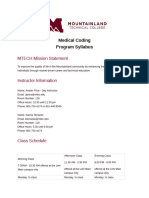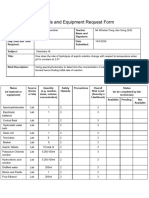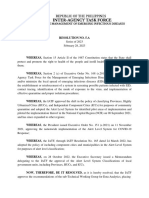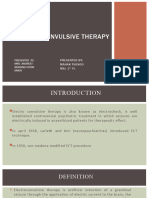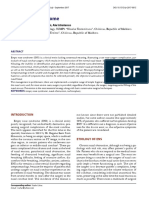0% found this document useful (0 votes)
26 views24 pages1.1 - Introduction To Coding - Latest
Uploaded by
lecturerabdiwahabCopyright
© © All Rights Reserved
We take content rights seriously. If you suspect this is your content, claim it here.
Available Formats
Download as PPTX, PDF, TXT or read online on Scribd
0% found this document useful (0 votes)
26 views24 pages1.1 - Introduction To Coding - Latest
Uploaded by
lecturerabdiwahabCopyright
© © All Rights Reserved
We take content rights seriously. If you suspect this is your content, claim it here.
Available Formats
Download as PPTX, PDF, TXT or read online on Scribd
/ 24

